Are you new in aquaristics or would like to dig deeper into the topic of aquascaping? In this article, we’ve compiled an overview about which products you’ll need to successfully run a planted aquarium or aquascape.
Glass tank
Various sizes and formates are available. Where cube tanks are popular among shrimpkeepers, aquarium designers prefer cuboid aquariums with more edge length. In terms of the nature of the material, float glass is the standard, many acuascapers attach more importance to high-quality white glass, which has less of a green tint to it. No matter what glass quality you choose, for a beautiful look, the aquarium should be glued with transparent silicone and have the thinnest possible seams. Likewise, glass tanks meant for open operation in pool design are preferred. These don’t need glass struts.
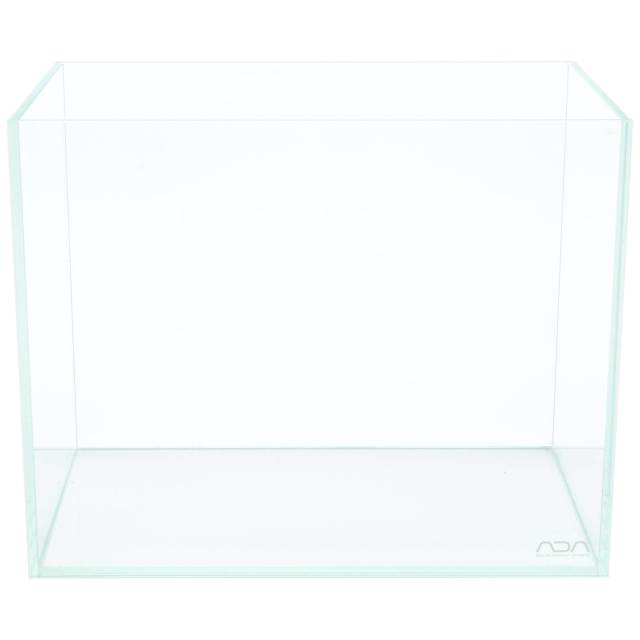
A white glass aquarium has less of a green tint to it.
Lighting
Good lighting is not just important to set the tank into scene! Light is vital to the plants in order for them to be able to photosynthesize. For more demanding plants sufficient lighting is needed. In our shop you will find mainly energy-efficient LED systems.
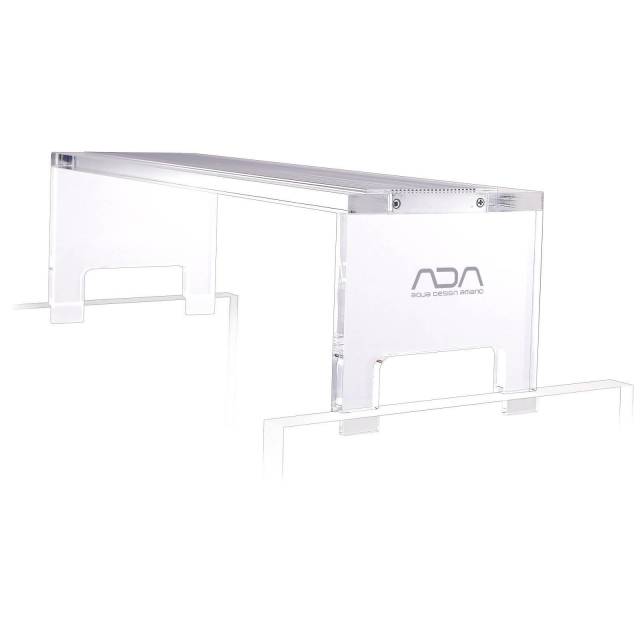
The strength of the lighting should also match the requirements of aquatic plants. Most nurseries mark their plants using to a traffic light system (red = demanding, yellow = moderate, green = simple). For this we recommend using this article as a guide. Furthermore you can use the Flowgrow light calculator to find out which lighting suits your plants and technical conditions.
Filter
A filtration of your aquarium is not only important to keep pollutants and suspended solids out of the water, but also the waterflow, the “stream” is important not just for the aquarium’s inhabitants but also for the plants. By sufficient water movement a corresponding nutrient transport is guaranteed.
When an internal filter is used, the tech remains inside the aquarium tank. This solution is useful if you have no base cabinet. The disadvantage is that you’ll have significantly less space in the tank for the implementation of design ideas. So, many aquascapers prefer using an external filter, modified with beautiful glass Lily Pipes at the in- and outflow. This removes even more equipment from the spectator’s line of sight.
Außen- und Innenfilter.
CO2
Carbon is an important nutrient for aquatic plants and is usually provided using a CO2-system. Apart from the Bio-CO2-systems which are cost-effective and recommended for beginners, compressed gas systems are common and more effective. Which components make a reusable CO2-system, is listed in this article. Various diffusers, pressure regulators, drop checkers and other accessories can be found in our CO2 section.
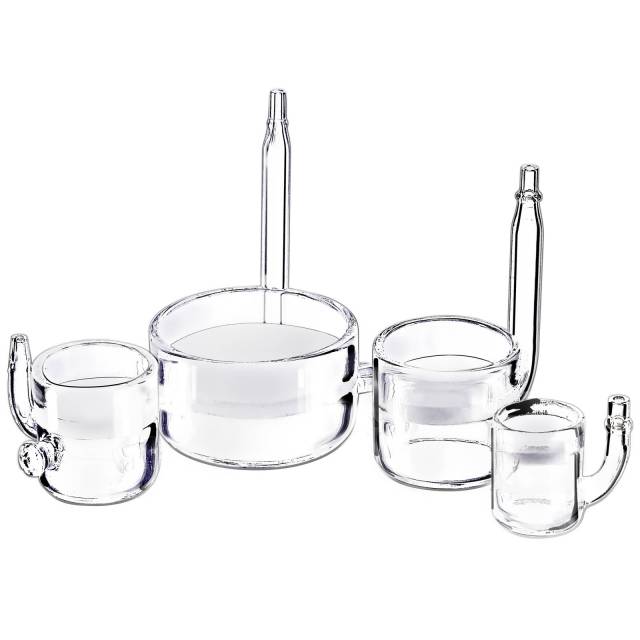
CO2-diffusers for different tank sizes.
Other technology
Not much additional technology is needed. A heater makes sense, if the room temperature is not high enough to keep tropical fish or shrimp, that require higher temperatures. To monitor the temperature, hang-on thermometers are an easy way to go and just hung over the rim of the tank without needing suction cups.

Aquatic plants
We always have a rich selection of various aquarium plants in stock. These are typically divided into the following categories:
-
epiphytes: These include the most easy-to-care species such as ferns, Anubias and Bucephalandra. These plant species are attached to decorative material.
-
ground cover: in this category you’ll find all carpeting plants for the foreground of your tank.
-
mosses: mosses are usually rather undemanding. So it’s easy to green up hardscape like stones and driftwood with them.
-
floating plants: Plants floating at the water surface.
-
rare plants: Here you’ll find plants that are usually hard to get in trade.

A aquarium layout is divided into three layers: foreground, middle- and background. For each level, different aquatic plants are used, low-growing ground cover for the foreground, moderately growing and less tall ones for the middle ground, and higher species such as stem plants for the rear. In our shop you can also specifically search for these aquatic plants in these three categories.
Our Aquascaping Wiki offers quite a few readworthy articles on the topic of aquatic plants, for example "Preparing aquatic plants" or "Trimming stem plants".
Accessories for plant care
Every gardener also needs good tools. Placing aquatic plants is much easier using tweezers than with your bare hands (ref.: "Planting aquarium plants"). Scissors, appropriately sized for your tank are needed for trimming the plants. The article "Aquascaping Tools" presents the various little helpers in more detail.

Fertilizer
Just as fish need food, aquatic plants require nutrients, to grow healthily. To cover the basics of fertilization, we recommend reading the articles "Fertilizing a planted aquarium, part 1" and "part 2". It is important first of all that in addition to the building blocks light and carbon, micro- and macronutrients are needed by the plants, as well. Liquid fertilizer like Aqua Rebell Mikro Basic Eisen and Makro Basic NPK cover this nutritional range.
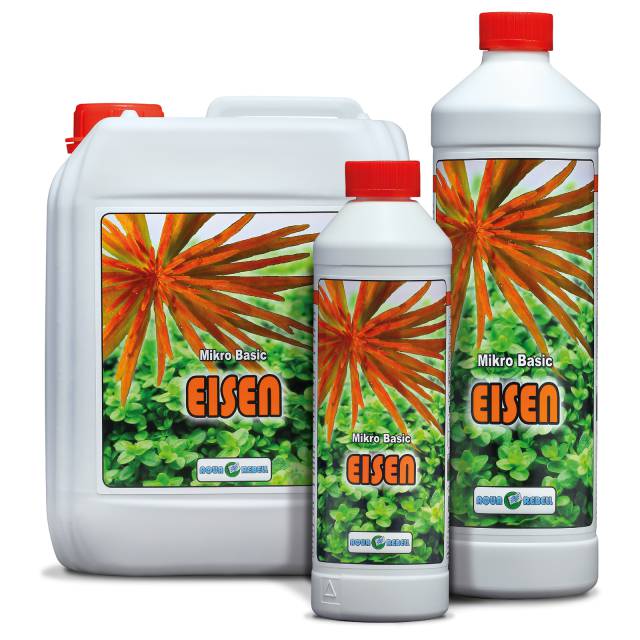
Substrate
Next to the visual and decorative aspect, the substrate is an important basis for the provision of aquatic plants dar. Active substrate (soil) influences the water values and supplies the plants with nutrients.

If you want to offer the maximum, it is best to use a complete substrate system. Often these systems include not only the soil, but also porous substrate materials and powdered additives. You can find a little “construction manual” right here in our Aquascaping-Wiki.
Decoration
Natural, decorative elements like stones and driftwood are called “hardscape”. You can find on overview in our seperate article on ”Types of hardscape”. It also describes which materials behave neutrally or may easily influence the water values. We recommend choosing a little more hardscape than you actually need, so you’ll have a more variety to choose from, or in case you want to touch up elements in the layout later.
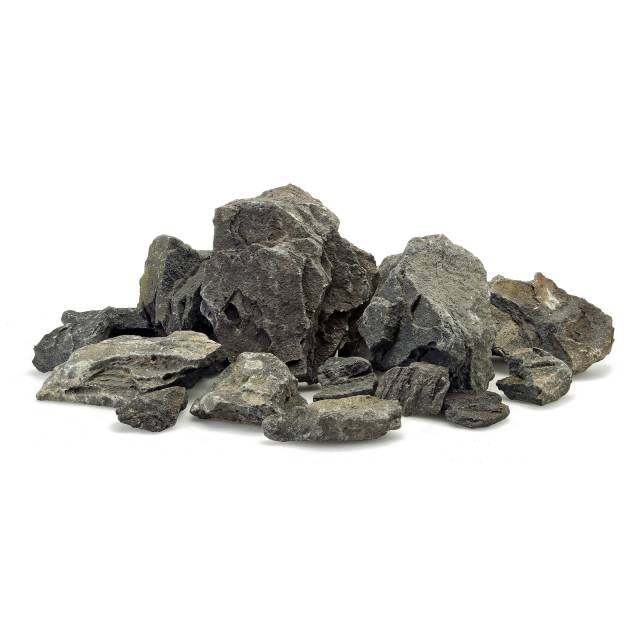
The hardscape is the foundation of this felicitous layout.
Complete sets
Ideal for getting started are so-called complete sets. These contain all the important core elements like the aquarium itself, filters and lighting. Thus, the technical prerequisites to operate an aquarium are already right there. In addition, the components are well-matched. To successfully keep aquatic plants, a CO2 system should be additionally purchased.